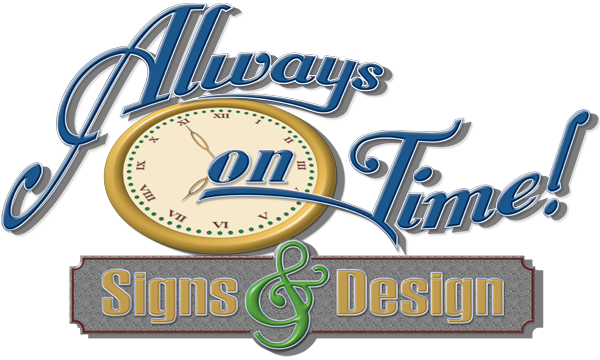Highway signs can be seen almost everywhere and help drivers find their way to their destination. In addition to pointing people in the right direction, highway signs can also give drivers valuable information about potential road hazards, help them find nearby lodging and provide reminders about the rules of the road. Even though highway signs in Vermont are something that many people come into contact with on a daily basis, you might not give most signs a second thought. Here are just a few little-known facts about highway signs that might make you take a second glance the next time you hit the road:
- Traffic signs are consistent nationwide: No matter which state you travel to, from sea to shining sea, some things never change. Traffic signs are designed to look the same regardless of where you are driving to cut down on confusion and provide drivers with familiar and easily identifiable sign colors and designs. Regardless of which state you’re in, highway traffic signs are green with white lettering, parking signs are white with green letters and warning signs are yellow or orange with black lettering.
- Interstate numbering has a purpose: While you might think that interstate numbers are arbitrary, there is in fact a method to the madness. Interstates and highways that are one- or two-digit even numbers are routes that run from east to west, while one- or two-digit odd numbers signify north to south routes. These numbers will increase as you go from west to east or north to south. Three-digit interstates are distinct, since they will always connect to other major highways.
- Sign positioning can provide direction: The placement of exit signs is an important indicator of direction that can help drivers find their way. If the exit number is aligned on the right side of the exit sign, the exit will be on the right side of the road. Conversely, exit numbers that are aligned on the left side of the exit sign signify exits that will be on the left side of the road.
- Stop signs were designed to be cheap: While we are all familiar with the distinct color and shape of the stop sign, you might not know exactly how the design of the stop sign came to be. As it happens, at the time that the stop sign was developed by the government, the octagon was a very inexpensive shape to produce. Because the stop sign was cost-effective and its unique shape set it apart from other road and highway signs, the shape stuck and we still see those bright-red octagons on the road today.
For help with the design and production of highway signs in Vermont, contact Always On Time Sign & Design. We provide high-quality products that are designed to fit the specific needs of our customers. Our products can be completely customized and include vehicle graphics, banners, wall decals and highway and safety signs. No matter what your specific needs may be, we are here to assist you. To get started with customized graphics for your very own signs and banners, give us a call today.

